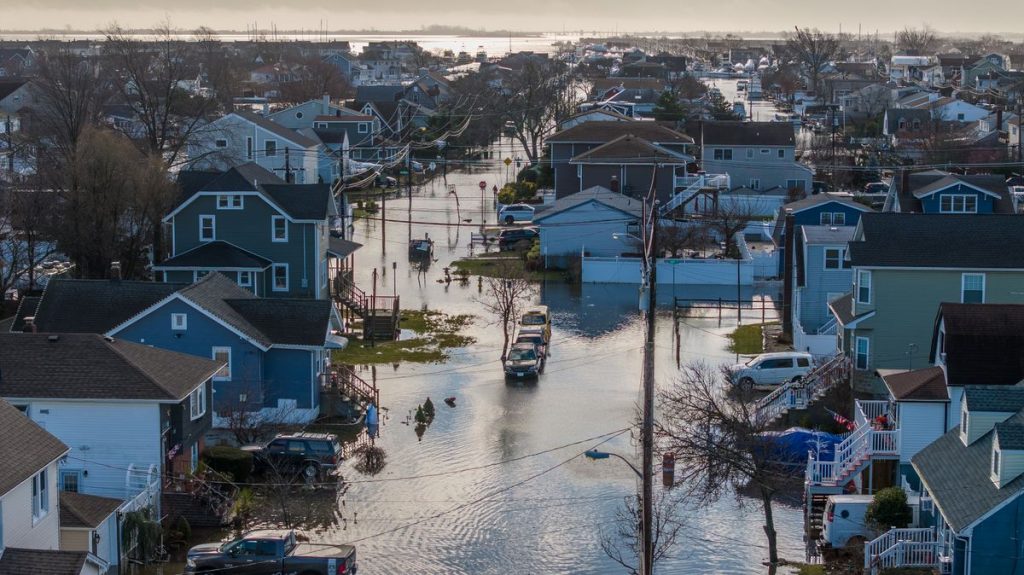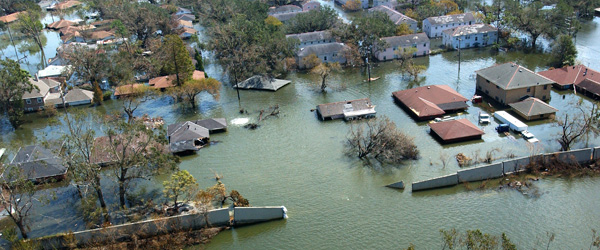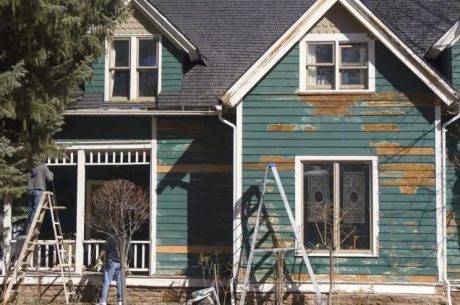According to the National Oceanic and Atmospheric Administration (NOAA), the global sea level has been rising over the past century due to the warming of the ocean and increased melting of land-based ice. This has made regions like Long Island more vulnerable to coastal flooding. Additionally, changing rainfall patterns are altering inland flooding risks. Understanding these risks can help residents in Suffolk and Nassau Counties prepare for the potential impacts of flooding in the coming decades.
Flood-Prone Areas in Long Island
While Long Island is not as flood-prone as Florida or Louisiana, it still faces significant flood risks, particularly in coastal and low-lying areas. With about 1.1 million residents in New York at risk of flooding, Long Island is no exception. Suffolk and Nassau Counties, in particular, face flood threats from a combination of factors like storm surges, rising sea levels, and intense rainfall events.
Coastal Flooding in Suffolk and Nassau Counties
Long Island’s extensive coastline makes it vulnerable to coastal flooding, especially with the increasing frequency of tropical storms and hurricanes. Areas along the South Shore of Long Island, including parts of Suffolk and Nassau, are especially susceptible to storm surges from hurricanes or nor’easters, which can cause significant flooding.
Increased rainfall and rising sea levels could exacerbate these conditions, leading to more frequent and severe coastal flooding in the coming years. The communities along the Great South Bay, for example, are already seeing rising water levels that threaten both residential and commercial properties.

Inland Flooding Risks
In addition to coastal flooding, Suffolk and Nassau Counties also face inland flooding risks. Heavy rainfall can overwhelm drainage systems, especially in urban areas like Huntington, which could result in flash flooding. With more intense storms expected in the future, the likelihood of localized flooding events, like those caused by overloaded stormwater systems, may increase.
The risk of inland flooding is compounded by Long Island’s extensive network of rivers, creeks, and streams. Areas around the Peconic River, for instance, are vulnerable to riverine flooding, particularly during periods of heavy rainfall or snowmelt.

Factors Contributing to Flood Risk in Long Island
Understanding the factors that contribute to flooding in Suffolk and Nassau Counties is essential for mitigating its impact:
1. Climate Change
Climate change is a significant driver of increased flood risks in Long Island. Rising global temperatures have led to rising sea levels, and more intense and frequent storms. For example, hurricanes like Superstorm Sandy have shown just how vulnerable Long Island is to coastal flooding and storm surges. Long Island’s shoreline is particularly vulnerable to sea-level rise, and future flooding could be even worse if climate change continues unchecked.

2. Urbanization
Long Island has experienced rapid development, particularly in Nassau County. As urban sprawl continues, natural land is replaced by impervious surfaces like roads, parking lots, and buildings, which prevent water from being absorbed into the ground. This creates higher runoff during heavy rainfall, overwhelming drainage systems and causing flash floods. Communities in urban areas, such as Mineola and Huntington, are at greater risk of these types of flooding events.
3. Topography and Geography
Long Island’s low-lying coastal geography places it at significant risk for flooding. Areas like the South Shore, especially those near the Barrier Islands, are particularly vulnerable to storm surges. The region’s proximity to the Atlantic Ocean and the Long Island Sound makes it an ideal target for tropical storms and hurricanes, which can bring heavy rainfall and high winds.
Flood Protection Tips for Long Island Homeowners
If you live in Suffolk or Nassau County, here are some tips to protect your property from flooding:
- Elevate critical utilities: Raise electrical panels, HVAC systems, and other utilities above potential flood levels.
- Install sump pumps: Consider installing sump pumps in your basement or crawl space to prevent water from entering your home.
- Use flood barriers: Temporary flood barriers can help protect your property during storm surges or heavy rainfall.
- Maintain gutters and drains: Keep gutters and drainage systems clear of debris to prevent water from accumulating around your home.
For expert advice on flood prevention and to ensure your home is protected, consider contacting a water damage restoration expert.
Flood Damage Repair and Mold Remediation in Long Island
If your home or business has been affected by flooding, timely intervention is crucial to prevent further damage, such as mold growth. PuroClean of Huntington is here to help with water damage restoration, mold remediation, and structural drying services. Our team understands the urgency of these situations and will quickly restore your property to its pre-loss condition, so you can move on with peace of mind.
Don’t wait for the next flood event to take action. Contact PuroClean today at (631) 402-9700 to learn more about our flood damage restoration services.




 PuroClean of Huntington
PuroClean of Huntington